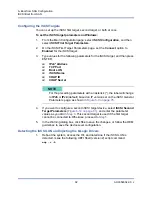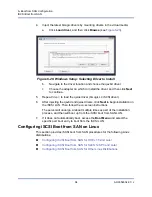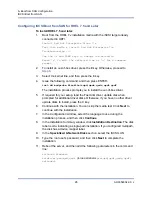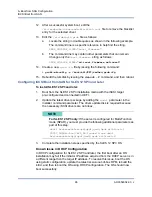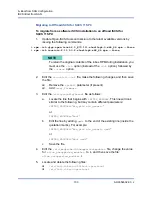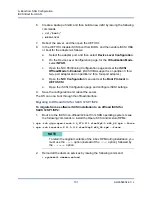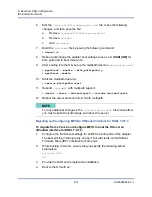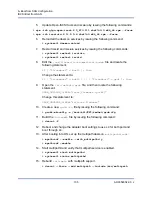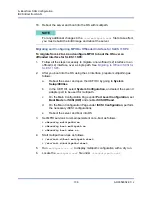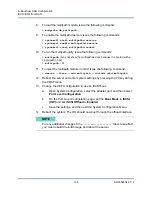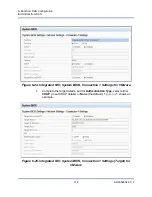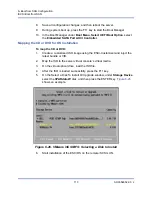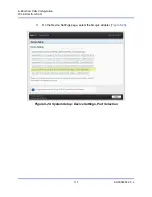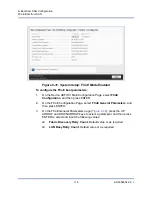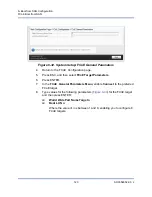
6–Boot from SAN Configuration
iSCSI Boot from SAN
105
AH0054602-00 J
5.
Update Open-iSCSI tools and iscsiuio by issuing the following commands:
#
rpm -ivh qlgc-open-iscsi-2.0_873.111.rhel7u3-3.x86_64.rpm --force
#
rpm -ivh iscsiuio-2.11.5.5-6.rhel7u3.x86_64.rpm --force
6.
Reload all the daemon services by issuing the following command:
#
systemctl daemon-reload
7.
Restart iscsid and iscsiuio services by issuing the following commands:
#
systemctl restart iscsiuio
#
systemctl restart iscsid
8.
Edit the
/usr/libexec/iscsi-mark-root-nodes
file and locate the
following statement:
if [ "$transport" = bnx2i ]; then
Change the statement to:
if [ "$transport" = bnx2i ] || [ "$transport" = qedi ]; then
9.
Open the
/etc/default/grub
file, and then locate the following
statement:
GRUB_CMDLINE_LINUX="iscsi_firmware ip=ibft"
Change this statement to:
GRUB_CMDLINE_LINUX="rd.iscsi.firmware"
10. Create a new
grub.cfg
file by issuing the following command:
#
grub2-mkconfig -o /boot/efi/EFI/redhat/grub.cfg
11.
Build the
initramfs
file by issuing the following command:
#
dracut -f
12. Reboot and change the adapter boot settings to use L4 for both port and
boot through L4.
13. After booting into OS, set up the multipath daemon
multipathd.conf
:
#
mpathconf --enable --with_multipathd y
#
mpathconf –enable
14. Start multipathd and verify that multipath.service is enabled.
#
systemctl start multipathd
#
systemctl status multipathd
15. Rebuild
initramfs
with multipath support.
#
dracut --force --add multipath --include /etc/multipath


